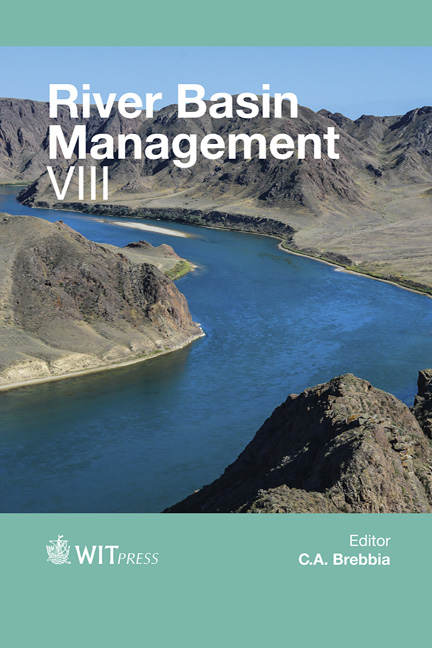Refinement And Application Of A Coupled Tidal Prism Model With HSPF For Managing Bacterial Water Quality Impairment In A Coastal Watershed
Price
Free (open access)
Transaction
Volume
197
Pages
9
Page Range
201 - 209
Published
2015
Size
2,002 kb
Paper DOI
10.2495/RM150181
Copyright
WIT Press
Author(s)
R. S. Sobel, H. S. Rifai, T. M. Petersen
Abstract
Coastal water quality is strongly influenced by tidal fluctuations and water chemistry, with an increased likelihood of bacterial water quality impairment due to urbanization. To address these challenges, there is a need for computationally and financially practical models with sufficient rigor to simulate the hydrodynamics and bacteria sources in relatively small, shallow waterways with upstream freshwater dominance and tidal influence. This study presents a coupled Tidal Prism Model (TPM) and watershed runoff model (HSPF) for a tidally influenced and impaired stream near Houston, Texas, USA. The TPM accounts for loading from tidal exchange, runoff, point sources, and bacterial decay using an hourly time step. The linked models were calibrated to flow and E. Coli (for HSPF), and salinity and enterococci data (for the TPM). When further refined, the model captures the “order of magnitude” of natural variability using a dynamic net decay rate. To assess the effectiveness of management strategies to improve water quality, the coupled model is applied for various scenarios for wastewater treatment plant bacterial effluent controls and runoff reduction via low impact development. Strategies focusing on both point and nonpoint source reduction are necessary to improve water quality through the length of the waterway. The simulation tool employed here is extremely useful and can be readily adapted for other inland tidally influenced water bodies, thereby, enabling cost-effective watershed planning at multiple resolutions.
Keywords
indicator bacteria, hydrological modeling, water quality, watershed management





